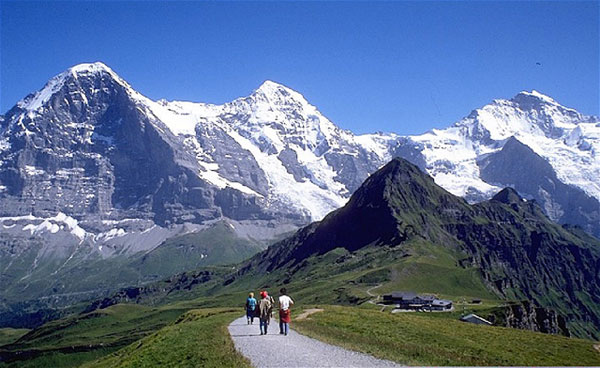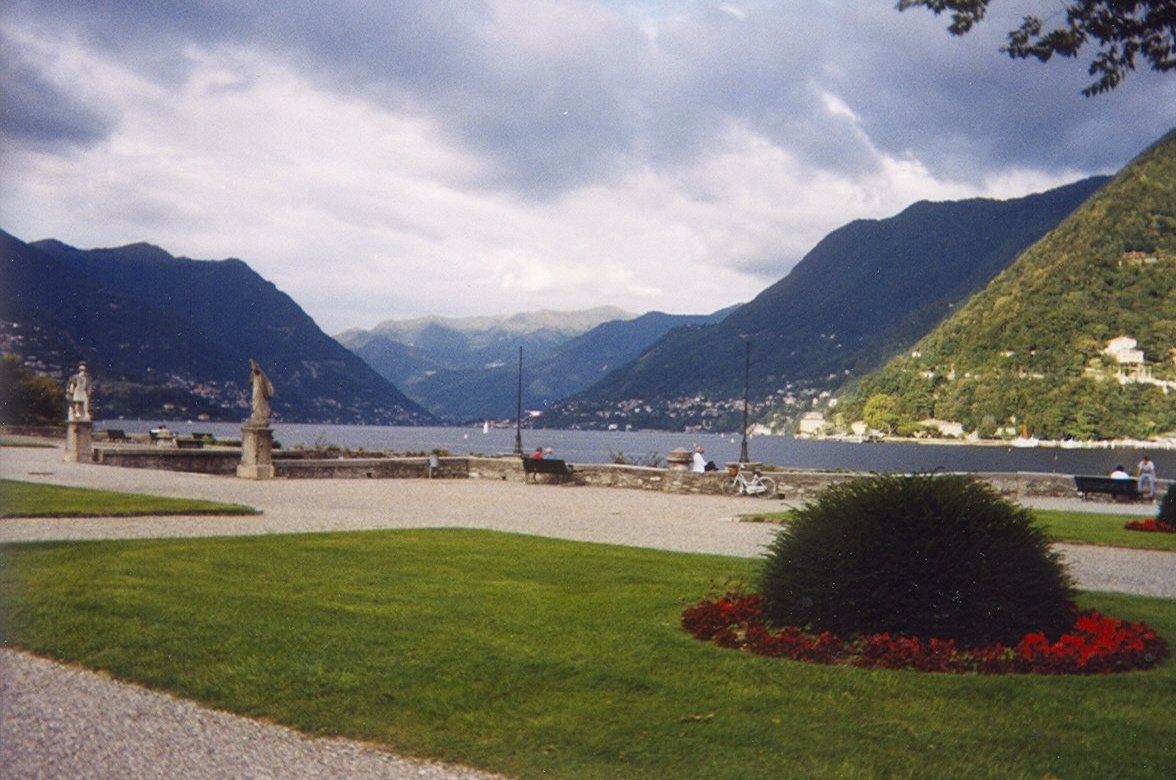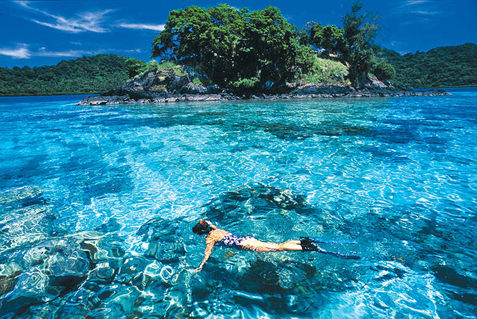Pattaya (Thai: พัทยา, About this sound พัทยา (help·info), RTGS: Phatthaya) is a city in Thailand, located on the east coast of the Gulf of Thailand, about 165 km southeast of Bangkok located within but not part of Amphoe Bang Lamung (Banglamung) in the province of Chonburi.

Beach and Islands
The main sweep of the bay area is divided into two principal beachfronts. Pattaya Beach is parallel to city centre, and is the main destination for bathers and loungers with the section from Central Road (Pattaya Klang) south to the harbor forming part of the core of the town's restaurants, motorcycle hire, and night attractions.
Jomtien Beach in the southern part of the bay area is divided from Pattaya beach by the promontry of Pratumnak Hill, just south of the city, and is mainly a residential area with luxury developments, beachside hotels, bungalow complexes, condominiums and restaurants. It offers of watersport activities such as jet skis, parasailing and small sail boat hire. A proposed 91-floor Ocean One Tower with an overall height of 367 meters, would be the tallest building in Thailand and one of the tallest residential buildings in the world.[3][4]. The Jomtien district is the location of one of the largest resorts in Asia, the 4000+ room Ambassador City Jomtien.[citation needed]
Pattaya Beach
Offshore islands include the "Near Islands", Ko Larn (main island), Ko Sak and Ko Krok located 7 km from the western shores of Pattaya Ko Larn, or "Coral Island", Mu Ko Phai, the "Far Islands", Ko Phai (main island), Ko Man Wichai, Ko Hu Chang and Ko Klung Badan, located offshore further west of the "Near Islands", and Ko Rin, located offshore to the southwest, south of Mu Ko Phai. Some of the islands in the group are accessible by speedboat in less than 15 minutes and by ferry taking about 45 minutes. The names "Near Islands", "Far Islands" and "Coral Island" are used for touristic purposes only and do not correspond to any naming conventions of the island groups and are not shown on maritime charts published by the Hydrographic Service of the Royal Thai Navy. Many of the islands have public beaches and offer scuba diving activities

Other attractions in Pattaya include The Million Years Stone Park, Pattaya Crocodile Farm, Pattaya Park Beach Resort Water Park, Funny Land Amusement Park, Siriporn Orchid Farm, Underwater World Pattaya (world-class aquarium), the Thai Alangkarn Theater Pattaya (cultural show), Bottle Art Museum, Ripley's Believe It or Not Museum, and Underwater World, an aquarium where there is a collection of marine species in the Gulf of Thailand including sharks and stingrays. Khao Phra Tamnak or Khao Phra Bat is a small hill located between South Pattaya and Jomtien Beach that provides a panoramic view of the city of Pattaya and its crescent bay. The hill is topped by Wat Khao Phra Bat, a temple, and the monument of Kromluang Chomphonkhetudomsak, who is regarded as the “founding father of the modern Thai navy.” The Sanctuary of Truth is a large wooden structure constructed in 1981 by the sea at Laem Ratchawet, that was conceived from the vision that human civilization has been achieved and nurtured by religious and philosophical truth.
Source : wikipedia.org

Beach and Islands
The main sweep of the bay area is divided into two principal beachfronts. Pattaya Beach is parallel to city centre, and is the main destination for bathers and loungers with the section from Central Road (Pattaya Klang) south to the harbor forming part of the core of the town's restaurants, motorcycle hire, and night attractions.
Jomtien Beach in the southern part of the bay area is divided from Pattaya beach by the promontry of Pratumnak Hill, just south of the city, and is mainly a residential area with luxury developments, beachside hotels, bungalow complexes, condominiums and restaurants. It offers of watersport activities such as jet skis, parasailing and small sail boat hire. A proposed 91-floor Ocean One Tower with an overall height of 367 meters, would be the tallest building in Thailand and one of the tallest residential buildings in the world.[3][4]. The Jomtien district is the location of one of the largest resorts in Asia, the 4000+ room Ambassador City Jomtien.[citation needed]
Pattaya Beach
Offshore islands include the "Near Islands", Ko Larn (main island), Ko Sak and Ko Krok located 7 km from the western shores of Pattaya Ko Larn, or "Coral Island", Mu Ko Phai, the "Far Islands", Ko Phai (main island), Ko Man Wichai, Ko Hu Chang and Ko Klung Badan, located offshore further west of the "Near Islands", and Ko Rin, located offshore to the southwest, south of Mu Ko Phai. Some of the islands in the group are accessible by speedboat in less than 15 minutes and by ferry taking about 45 minutes. The names "Near Islands", "Far Islands" and "Coral Island" are used for touristic purposes only and do not correspond to any naming conventions of the island groups and are not shown on maritime charts published by the Hydrographic Service of the Royal Thai Navy. Many of the islands have public beaches and offer scuba diving activities

Other attractions in Pattaya include The Million Years Stone Park, Pattaya Crocodile Farm, Pattaya Park Beach Resort Water Park, Funny Land Amusement Park, Siriporn Orchid Farm, Underwater World Pattaya (world-class aquarium), the Thai Alangkarn Theater Pattaya (cultural show), Bottle Art Museum, Ripley's Believe It or Not Museum, and Underwater World, an aquarium where there is a collection of marine species in the Gulf of Thailand including sharks and stingrays. Khao Phra Tamnak or Khao Phra Bat is a small hill located between South Pattaya and Jomtien Beach that provides a panoramic view of the city of Pattaya and its crescent bay. The hill is topped by Wat Khao Phra Bat, a temple, and the monument of Kromluang Chomphonkhetudomsak, who is regarded as the “founding father of the modern Thai navy.” The Sanctuary of Truth is a large wooden structure constructed in 1981 by the sea at Laem Ratchawet, that was conceived from the vision that human civilization has been achieved and nurtured by religious and philosophical truth.
Source : wikipedia.org

























